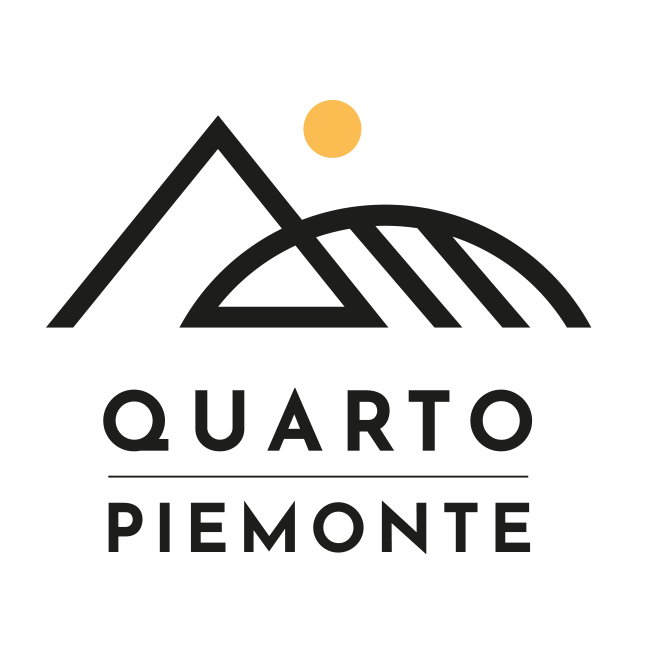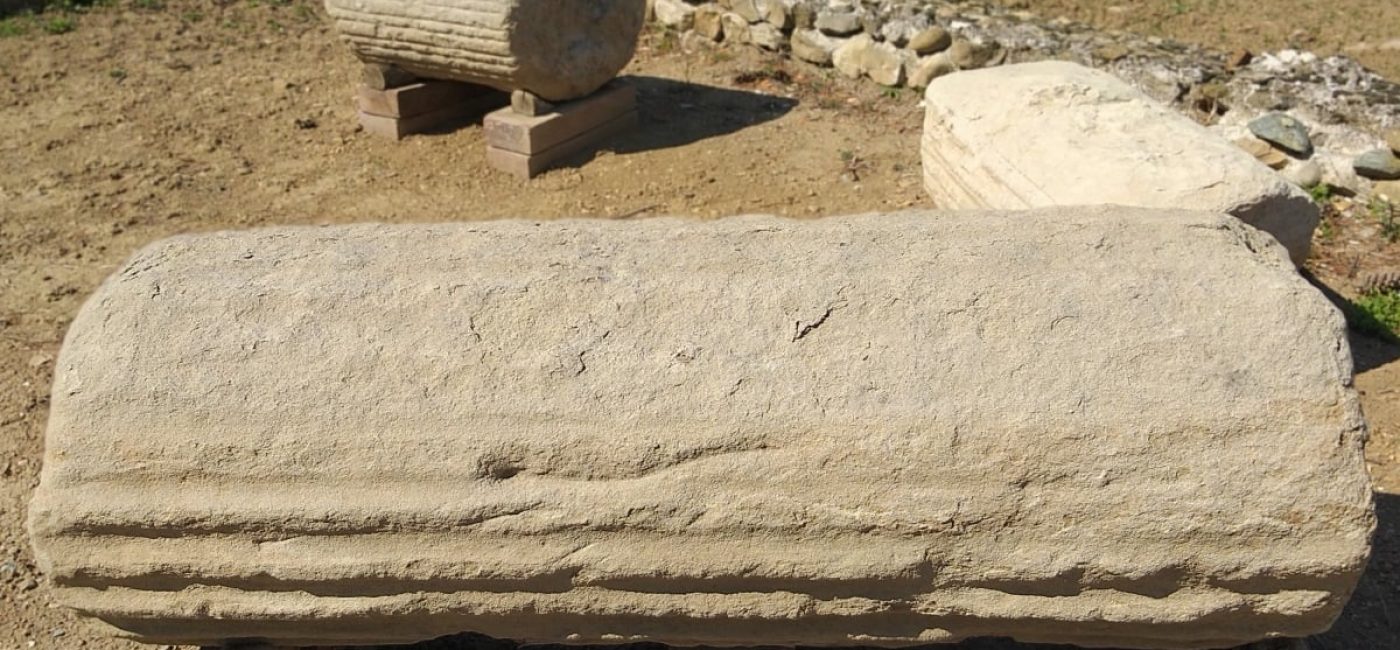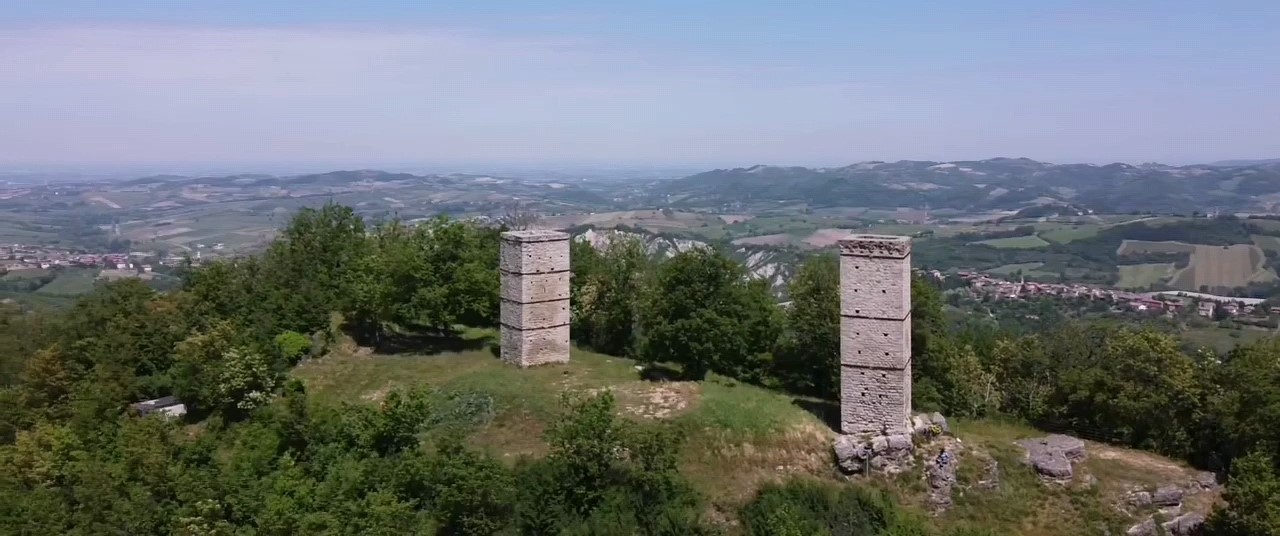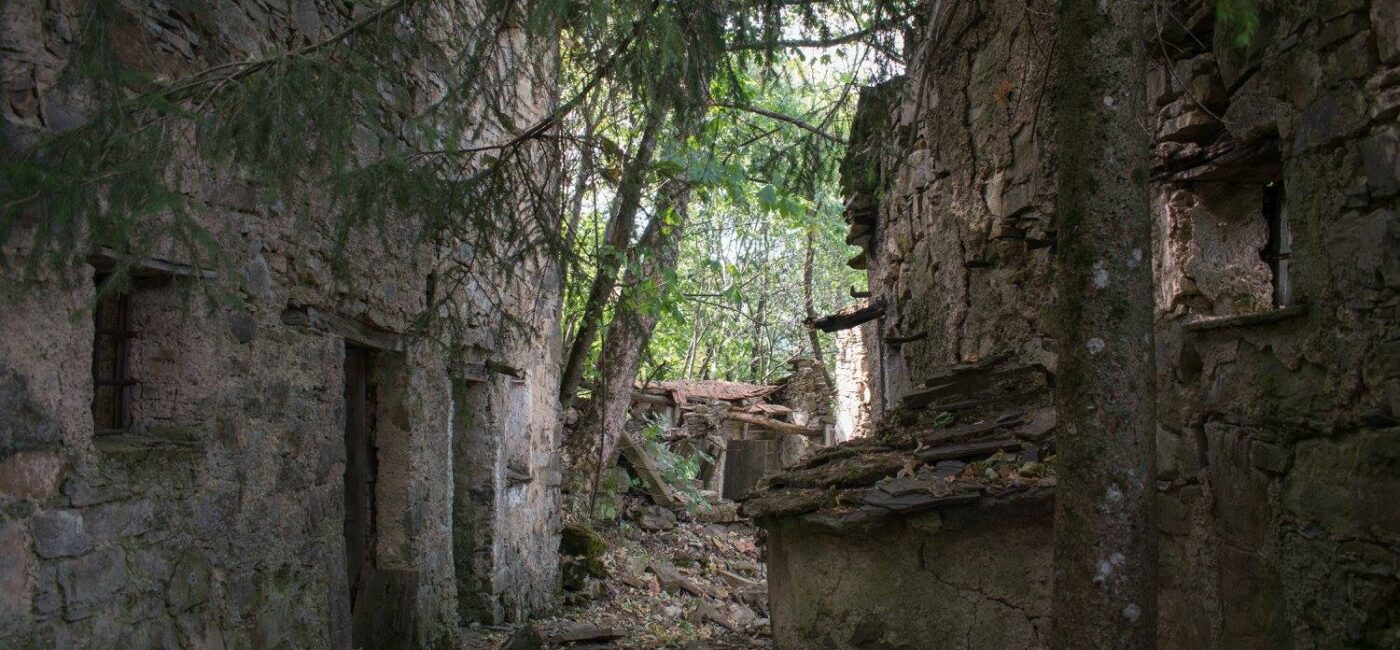After the fall of the Roman empire, The QuartoPiemonte became the bone of contention among the numerous fiefdoms that dominated Italy during the Middle Ages and , for many centuries, it was divided between the influence of the Dukedom of Milan and the Republic of Genoa. This long contrast has enriched our traditions and our villages, enriching their dialects, with semantic nuances sometimes of Ligurian origin, other times from Lombardy and dotting the hills with towers and fortifications. Between the thirteenth and the fourteenth century it is said that the Templar brought the legendary Holy Grail to Tortona. Is it a myth or a reality? Many say that it is still hidden somewhere around here.
With the arrival of Napoleon, at the end of the eighteenth century, Quarto Piemonte officially entered the modern era. During the victorious battle of Marengo on 14 June 1800, Napoleon set up in Tortona his headquarters and he made the territory pass under the French flag, erasing, this way, the borders that divided it for a long time. Unfortunately Napoleon has also been the craftsman of the destruction of the castle of Tortona, following the peace agreements with the Tsar of Russia. Today only some ruins and the tower of the Castle are still visible, yet very dear to the inhabitants of Tortona and symbol of the town.



